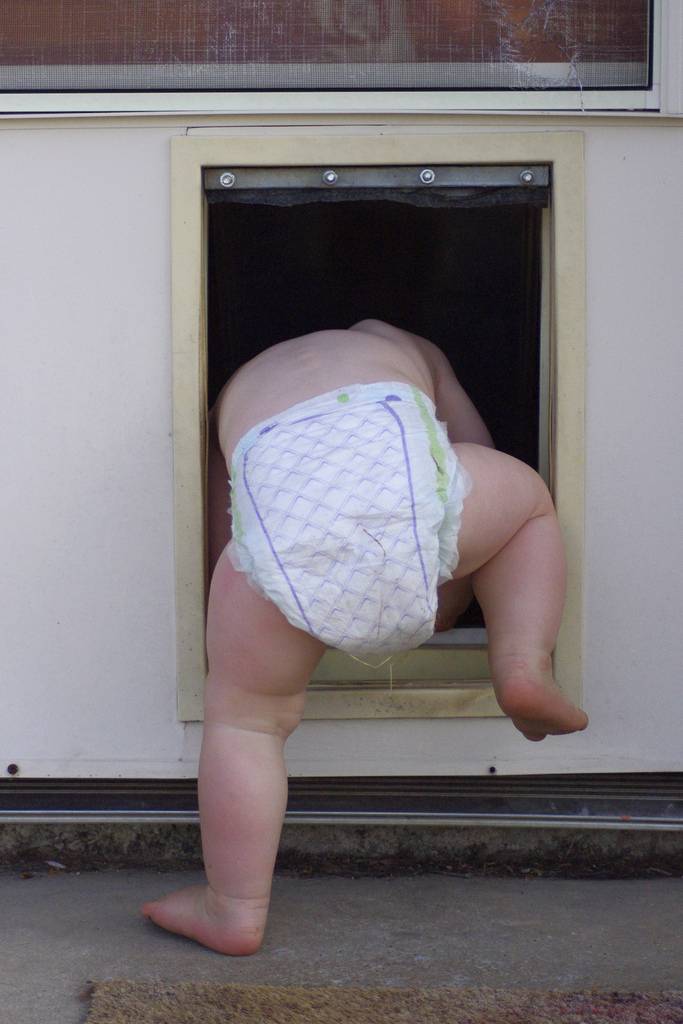When we think about oral health in children, the focus often revolves around cavities and tooth alignment. However, gingivitis—an inflammation of the gums surrounding the teeth—remains a surprisingly common and often overlooked issue. I’m Dr. Michael Nwaneri, a pediatrician and obesity medicine specialist, and I’m here to provide an in-depth guide to understanding gingivitis in children. This guide aims to be comprehensive, factually accurate, and an authority on the subject, covering everything from symptoms and causes to treatment and prevention.
What is Gingivitis?
Gingivitis is the mildest form of periodontal disease, characterized by inflammation and redness in the gums surrounding the teeth. While it’s a condition often associated with adults, it can and does affect children as well.
The Underlying Causes: Why Does Gingivitis Occur?
- Poor Oral Hygiene: The primary cause, inadequate brushing and flossing lead to plaque buildup.
- Dietary Habits: Consuming sugary and starchy foods can contribute to gingivitis.
- Hormonal Changes: Particularly relevant for adolescents.
- Medical Conditions: Diabetes and other systemic conditions can also be a factor.
Identifying the Symptoms: Signs Your Child Might Have Gingivitis
- Red, Swollen Gums: The first indicator that should prompt further investigation.
- Bleeding During Brushing or Flossing: Often mistaken for ‘rough cleaning’.
- Bad Breath: Persistent bad breath can be a sign of gingivitis.
- Receding Gums: Though less common in children, this can occur.
The Diagnostic Process: Confirming Gingivitis
- Dental Examination: A thorough check-up from a dentist is the primary diagnostic method.
- X-Rays: May be used in more severe cases to check for bone loss.
- Blood Tests: Rarely used, but can rule out underlying medical conditions.
Treatment: Nipping It in the Bud
- Improved Oral Hygiene: Teaching proper brushing and flossing techniques.
- Professional Cleaning: Removal of plaque and tartar buildup by a dental hygienist.
- Antibacterial Mouthwashes: May be recommended in some cases.
- Dental Sealants: A protective layer applied to the teeth to prevent plaque buildup.
- Medication: Antibiotics may be prescribed in extreme cases.
Prevention: The Best Cure
- Regular Dental Check-ups: For early detection and intervention.
- Balanced Diet: Limiting sugary foods and drinks.
- Oral Hygiene Education: An ongoing process that evolves with the child’s age.

Conclusion: Gingivitis is Preventable and Treatable
Gingivitis can be a startling diagnosis for parents but understanding its causes, symptoms, and treatment options can make it a lot less daunting. By implementing preventive measures and seeking timely treatment, the condition can be completely reversed, allowing your child to maintain a healthy, happy smile.
References
- American Academy of Pediatrics – Gingivitis in Children
- American Dental Association – Children’s Oral Health
- Centers for Disease Control and Prevention – Children’s Oral Health
Disclaimer: This article is for informational purposes only and should not replace professional medical advice.



